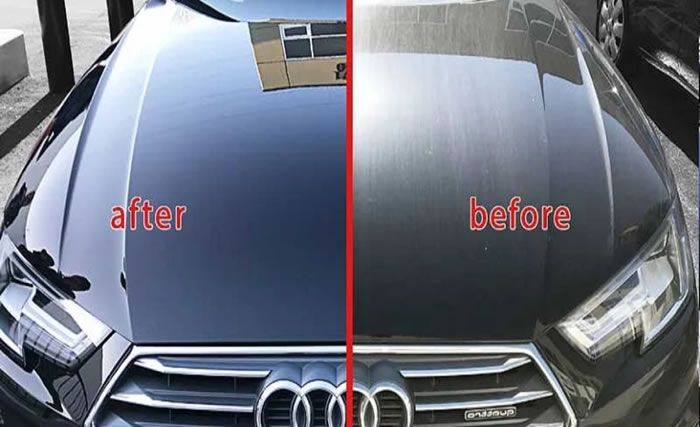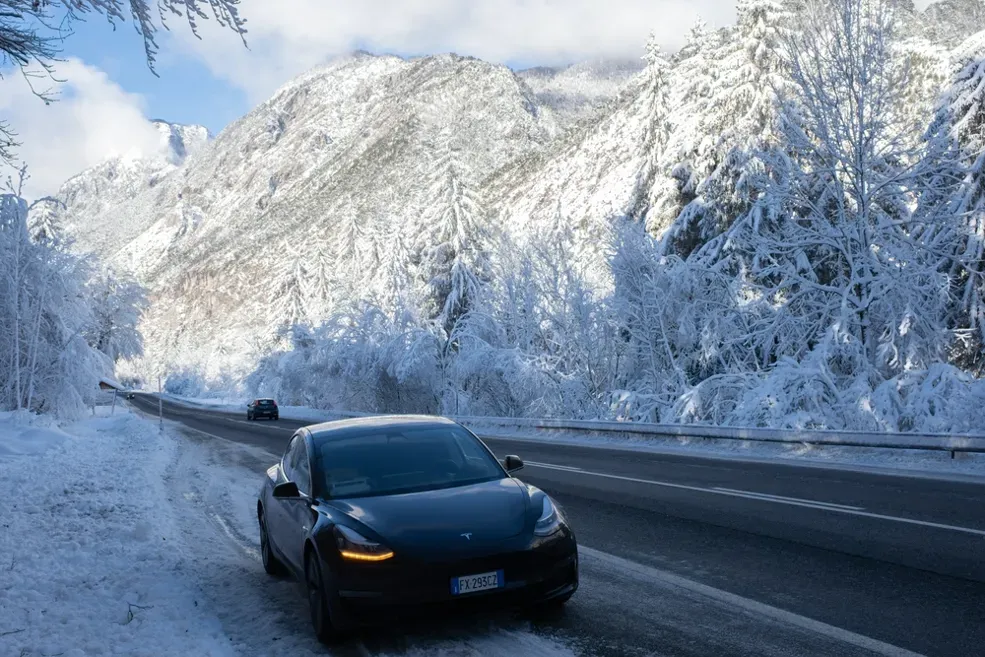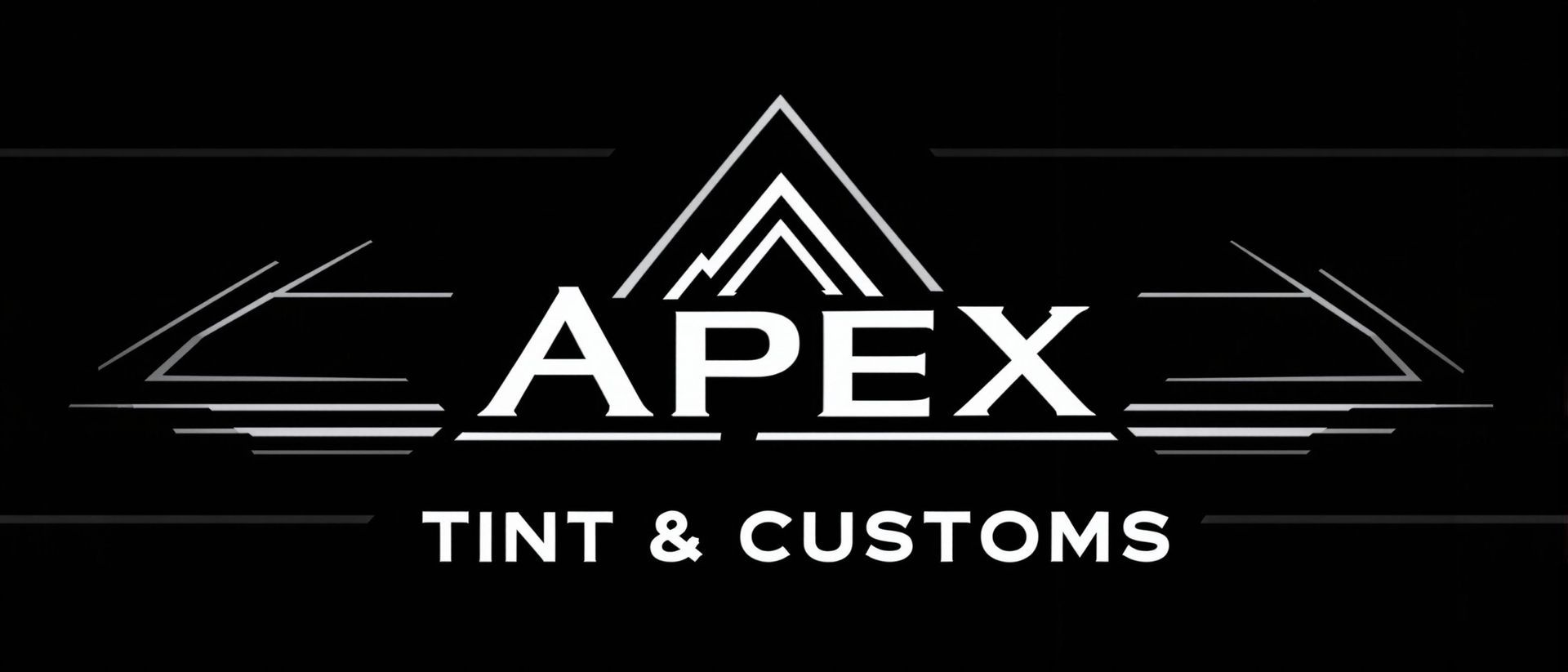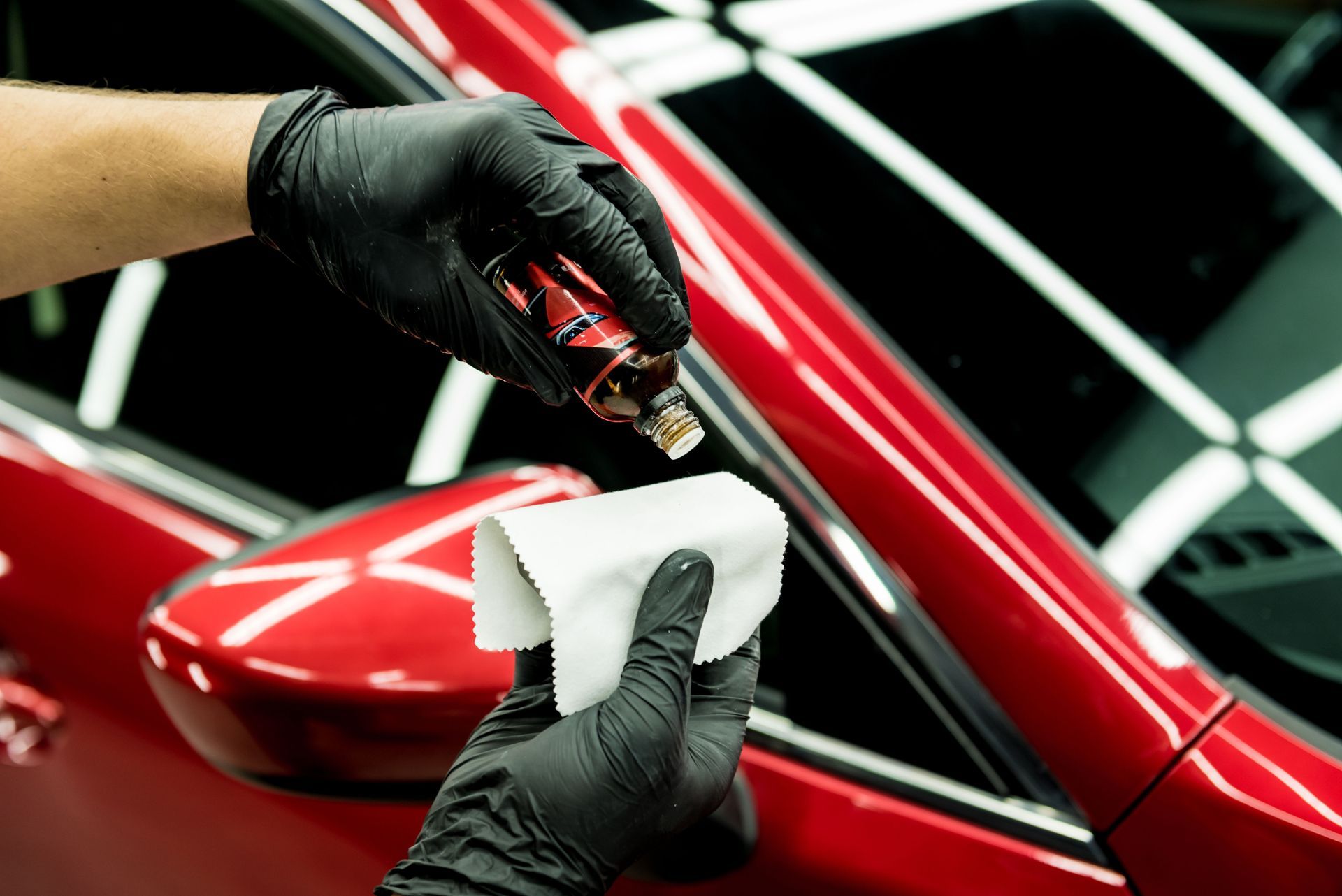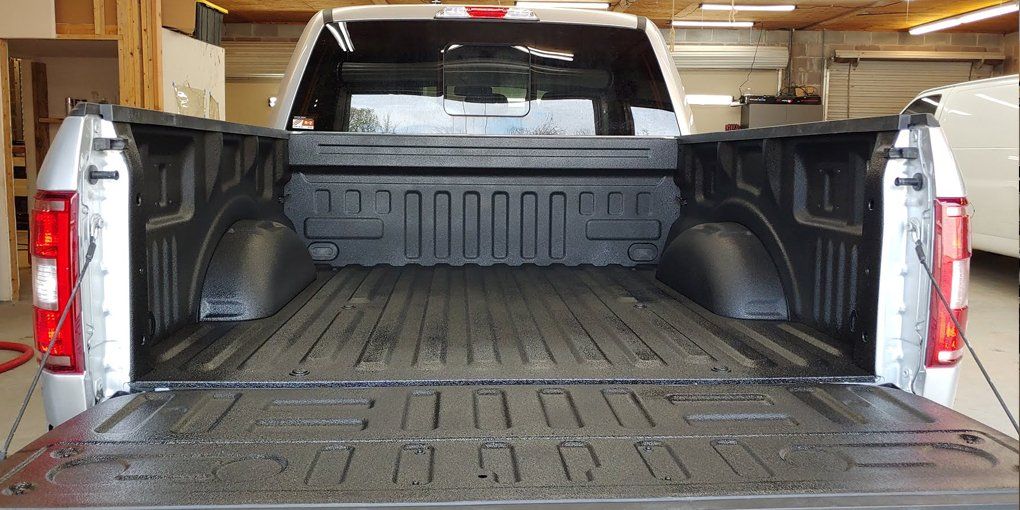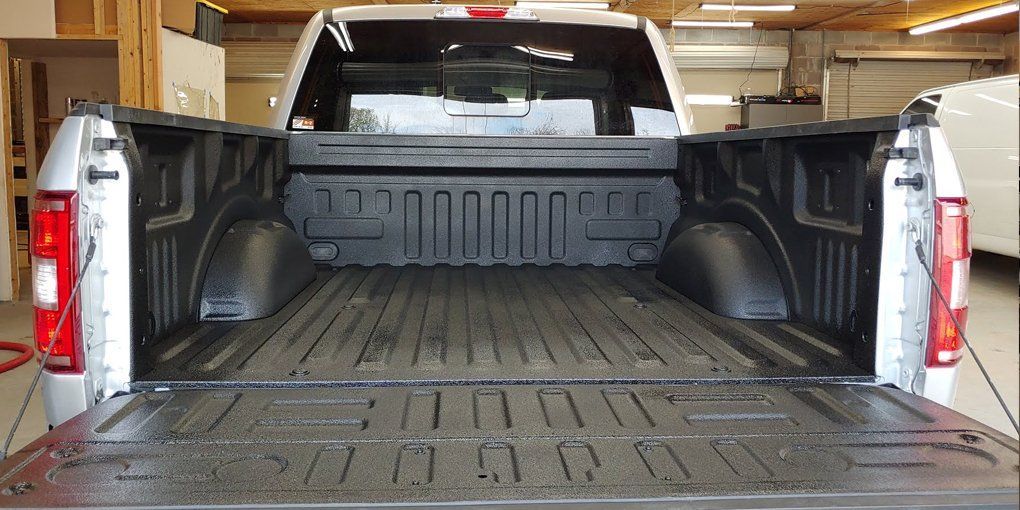11513 Lebanon Rd,
Mt. Juliet, TN 37122
(Behind the bicycle shop, next to Burger King)
Whats the best paint protection
What's the best coating for paint?

The Future of Car Protection: Ceramic and Graphene Coatings
As car enthusiasts and everyday drivers alike seek ways to protect their vehicles, two advanced technologies have emerged as frontrunners in the world of automotive detailing: ceramic and graphene coatings. Both offer exceptional protection and enhance the appearance of your vehicle, but they work in different ways. In this blog post, we'll explore the benefits of each coating, how they differ, and which option might be best for your car.
What are Ceramic Coatings?
Ceramic coatings are liquid polymers applied to the exterior of a vehicle. They bond with the factory paint to create a protective layer that enhances shine and provides a durable barrier against environmental contaminants.
Benefits of Ceramic Coatings
Durability: Ceramic coatings are highly resistant to scratches, chemicals, and UV rays. Once cured, they can last for several years, making them a long-term solution for car protection.
Hydrophobic Properties: These coatings create a surface that repels water, making it harder for dirt, grime, and other contaminants to adhere. This means less time spent washing your car and easier maintenance.
Enhanced Appearance: Ceramic coatings provide a deep, glossy finish that can make your vehicle look brand new. They enhance the color and depth of the paint, giving it a showroom shine.
UV Protection: By blocking harmful UV rays, ceramic coatings help prevent paint fading and oxidation, keeping your vehicle looking vibrant over time.
What are Graphene Coatings?
Graphene coatings are a newer technology that incorporates graphene, a single layer of carbon atoms arranged in a two-dimensional lattice. This innovative material offers remarkable strength and durability, making it an exciting option for car protection.
Benefits of Graphene Coatings
Incredible Strength: Graphene coatings are known for their outstanding durability and toughness. They can resist scratches and other surface damage more effectively than traditional ceramic coatings.
Superior Hydrophobicity: Graphene coatings provide even better water-repelling properties compared to ceramic coatings. This means even less dirt and grime sticks to the surface, leading to easier cleaning.
Heat Resistance: Graphene has excellent thermal conductivity, allowing it to withstand higher temperatures. This can help protect your vehicle’s paint in extreme weather conditions.
Longevity: While both coatings offer long-lasting protection, graphene coatings can often last longer due to their robust nature, sometimes exceeding five years with proper maintenance.
Comparing Ceramic and Graphene Coatings
While both coatings offer significant benefits, there are key differences to consider:
Application Process: Ceramic coatings require a careful application process, including surface preparation, while graphene coatings may offer a simpler application with fewer steps.
Hydrophobicity: Graphene coatings generally provide superior hydrophobic properties, making them even more effective at repelling water and contaminants.
Cost: Ceramic coatings tend to be more affordable than graphene coatings, which can be pricier due to the advanced technology and materials involved.
Durability: While both coatings are durable, graphene’s strength can offer an extra layer of protection against scratches and damage.
Which Option is Right for You?
Choosing between ceramic and graphene coatings depends on your specific needs and budget. If you’re looking for proven, effective protection at a lower cost, ceramic coatings are an excellent choice. However, if you want cutting-edge technology and superior durability—and don’t mind a higher price point—graphene coatings may be the way to go.
Conclusion
Both ceramic and graphene coatings represent significant advancements in car protection technology. By understanding their benefits and differences, you can make an informed decision on which coating is best for your vehicle. Whether you choose the tried-and-true durability of ceramic or the innovative strength of graphene, investing in a high-quality coating will keep your car looking pristine for years to come. Ready to enhance your vehicle's protection? Consult with a professional to find the perfect solution for your needs!

